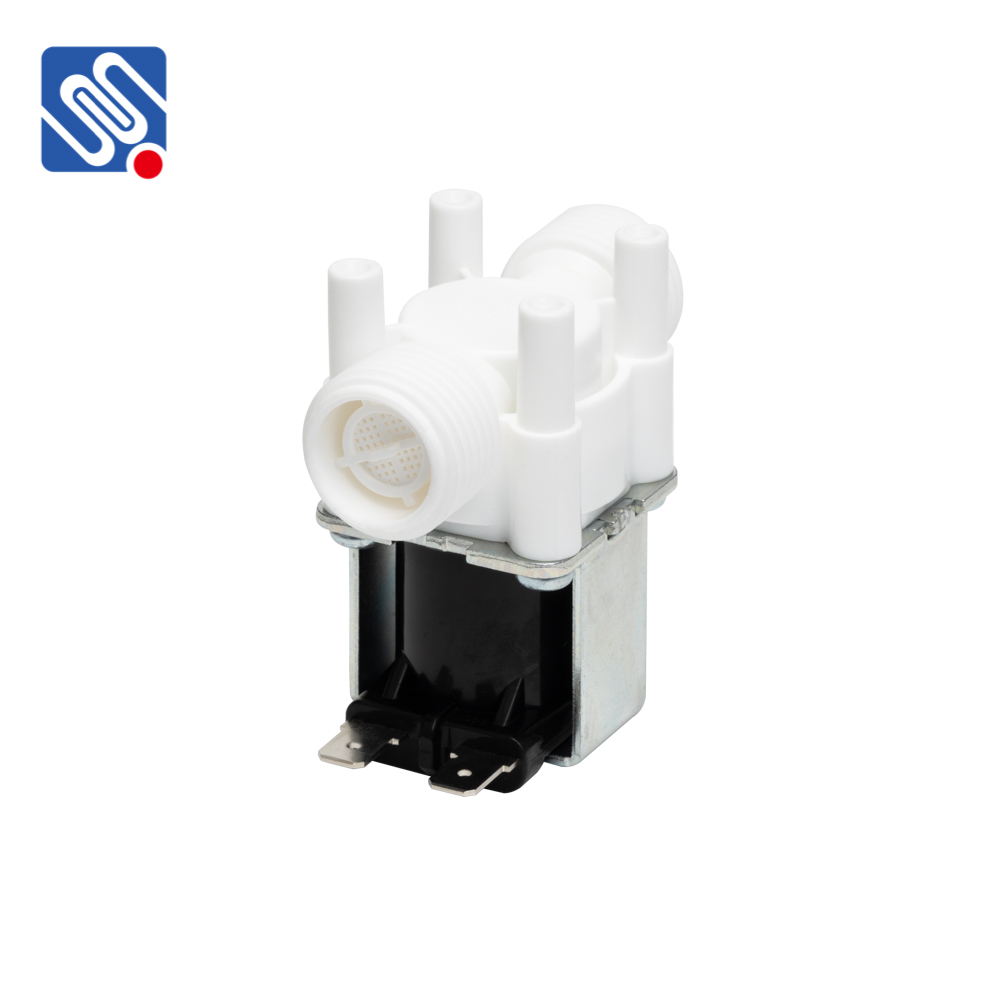building water supply solenoid valve: a key component for efficient water management
Release time:2025-05-26 03:46:20
In modern building systems, managing water supply efficiently is a crucial aspect of ensuring that buildings operate smoothly and sustainably. One essential component that plays a significant role in this process is the water supply solenoid valve. Solenoid valves are electrically operated valves that control the flow of water into various parts of a building, and they are used in applications ranging from irrigation systems to plumbing in homes and commercial buildings. This article explores the importance of building water supply solenoid valves, their functions, types, and benefits, and their role in optimizing water management.

What is a Solenoid Valve?
A solenoid valve is a device that uses an electromagnetic solenoid to control the flow of water or other fluids. When an electrical current is passed through the solenoid coil, it creates a magnetic field that causes a plunger or piston to move, either opening or closing the valve. This simple mechanism enables precise control over the flow of water, which is essential for maintaining the water supply in buildings.
The Role of Solenoid Valves in Water Supply Systems
In building water supply systems, solenoid valves serve a variety of purposes. They can be used to control water flow to different areas, ensuring that water is only delivered when necessary. For example, in an irrigation system, solenoid valves regulate the water flow to different sprinkler heads. Similarly, in plumbing systems, solenoid valves can be used to control the water supply to faucets, toilets, or other fixtures.

